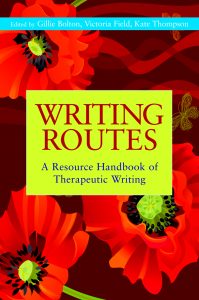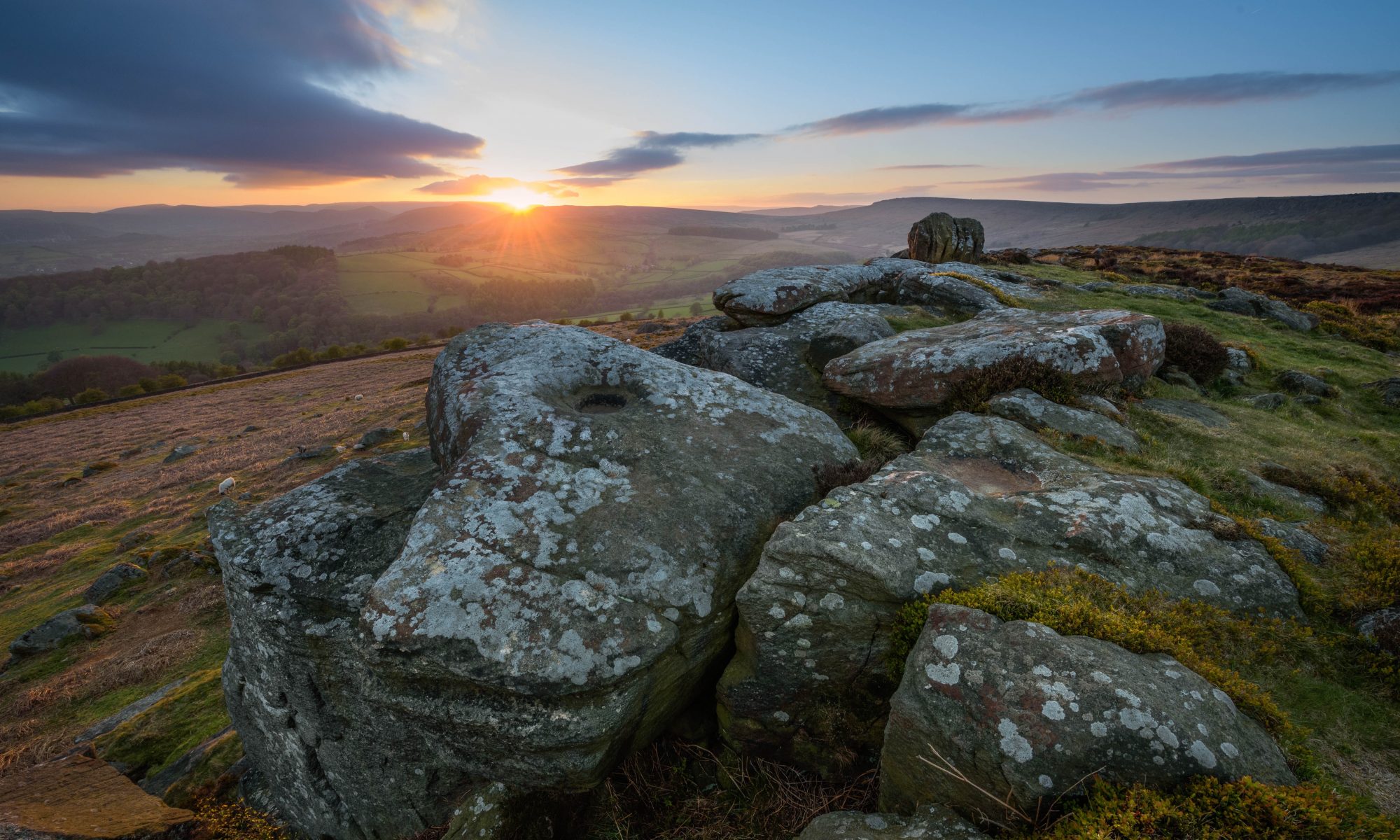Resource Handbook of Therapeutic Writing
Edited by Gillie Bolton, Victoria Field, Kate Thompson
Jessica Kingsley Publishers
2010

Creative writing is a powerful vehicle for personal or professional development, yet often the most difficult part is knowing how and where to begin. The experiences of others, and the strategies and approaches they have used in their own writing, can provide tried-and-tested models for practice, and ‘ways in’ that facilitators can recommend to others.
Writing Routes is a fascinatingly diverse collection of personal journeys, which introduce and demonstrate many different ways of beginning and deepening creative writing for personal or professional development. Seventy contributors from a variety of different backgrounds explain how they came to write a particular piece, how they found ways of transforming their experience into writing, and how the process of doing so was beneficial. Their writing ranges widely, from journal entries and stream of consciousness to autobiography, poetry, fiction and drama, and the pieces are organised by theme and genre for ease of navigation, designed to be ‘dipped into’ as and when they are needed.
This rich and varied collection will provide writing practitioners, counsellors and other related professionals with ideas and techniques to share with their clients, and is a useful resource that individuals writing for their own personal and professional development will return to again and again.
Victoria Field on Writing Routes
All poems have been on journeys. Some have made a quick sprint from the poet’s unconscious onto the page, a leap from origin to destination with no baggage, ticket or chance to look at the passing scenery. Others may have travelled many miles, shape-shifting en route, collecting memorabilia from different places along the way.
To most readers of poetry, whether the poem’s journey has been long or short, makes little difference to an appreciation of the final product.
Sometimes, a lot of effort goes into creating something consciously artless. John Sparrow wrote of a poem in Housman’s A Shropshire Lad, that ‘of its four stanzas, Housman tells us that two were ‘given’ to him ready made, one was coaxed forth from his subconscious an hour or two later, the remaining one took months of conscious composition. No one can tell for certain which was which’.
Jessica Kingsley Publishers has a growing list of titles in its Writing for Therapy or Personal Development series which are about the ways in which creative interacts with the writer’s psyche. The emphasis is not so much on the final product but rather on the process of creating it. This is less concern for its ultimate literary merit, but more for how the act of shaping the material, finding form for thoughts and emotions, might illuminate issues and questions in the writer’s life. A recently launched title, Writing Routes, co-edited by Gillie Bolton, Kate Thompson and myself, explicitly takes the journey as a metaphor for how writers of all kinds travel alongside their writing and what they learn as a result.
Here are some examples of writing journeys featured in our book:
Penelope Shuttle writes of how Virginia Woolf describes mourning as time when nothing happens, because ‘one is simply imprisoned in time, frozen from any action’. Water is a theme of her piece, ‘The Healing Fountain’, its title taken from WH Auden’s poem ‘In Memory of WB Yeats’. She describes coming across her late husband, Peter Redgrove’s poem ‘The Harper’, full of arresting images, including a ‘woman swimming in her evening clothes’. Reading these astonishing words, Penelope describes how she ‘felt the dried-up-well-springs of poetry and life flow in me again’.
Depression, Les Murray reminds us can be a ‘fatal illness’. He describes the process of writing a poem about bullying and suicide and how writing the poem ‘initiated a programme of accurate research into my experience and what it could show me’. Sometimes, it takes great persistence and courage to get to real issues behind an incident or the events surrounding it. Les writes, ‘you have to cast a clear light on piggy little neuroses… you have to tell their stories over and over…’ His resulting poem, ‘Burning Want’ takes him back to his school days and events in the early 1950’s. In terms of it clarifying the events of that time, Les writes ‘Burning Want’ was a start and gave me an instinctive relief the moment I completed it’.
Myra Schneider chooses to create some distance from personal events in her poem ‘The Mincer’. She was aware of the ‘heavy sense of sunlessness’ in her home as a child, particularly connected to female drudgery. Rather than describe it directly, she personifies the mincer as a character ‘clamped to kitchen’ with no inkling of ‘subtlety nor beauty’.
Abi Curtis, Glynis Charlton and Wendy French take published poems as starting points for their own journeys. Kate Compston, Maggie Sawkins, Robert Hamberger and Carolyn Henson describe how, paradoxically, the restrictions of writing in form gave them more freedom to explore their material.
And there’s more- the book has over seventy contributors. Many write poetry but others tell stories of their journeys through prose or drama. The book is arranged by theme and cross referenced by the type of writing.
We hope Writing Routes will serve as a map of a still little-explored continent, that of our writing selves. We hope too you might consult it and plot your own journey and that you might set out knowing that others have been similarly courageous.
Gwyneth Lewis writes in her Foreword that the trickiest part of a journey can be ‘finding the beginning of the path’. Once you know that your feet are on a way which has been followed by others, then it becomes much easier to pay attention to the surroundings and enjoy the view’.
Buy here
Foreword by Gwyneth Lewis
ISBN: 9781849051071

